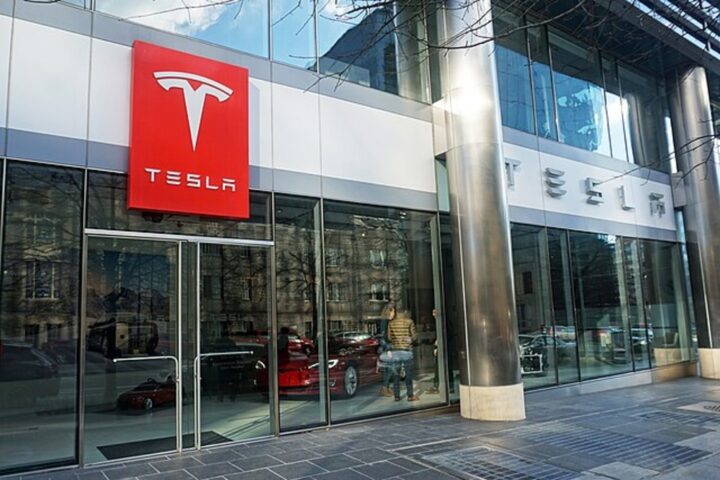Riyadh illuminates as Aramco and Siemens Energy AG roll up their sleeves, ready to dive deep into the world of carbon capture and storage (CCS). Amin Nasser, the man at the helm of Aramco, shares the news with an air of cautious optimism, acknowledging the hurdles yet unseen in the path of direct-air capture technology.
Imagine pulling carbon dioxide straight from the air we breathe, rather than pinpointing specific emission sources – that’s the essence of direct-air capture. It’s a method that doesn’t come cheap, but Nasser and his team are undeterred, eyeing the potential it holds with a keen, discerning gaze.
Aramco isn’t new to the carbon capture game. Picture this: 45 million standard cubic feet of CO2, being captured and processed at their NGL plant in Hawiyah, then injected into the Uthmaniyah oil reservoir. It’s not just about capturing; it’s about utilizing, turning what was once a byproduct of extraction into a tool for enhanced oil recovery.
And the ambitions don’t stop there. In the industrial heartbeat of Jubail, Aramco, SLB, and Linde are crafting one of the world’s largest CCUS hubs, with eyes set on capturing a staggering 9 million metric tons of CO2 per year by 2027. It’s a bold move, one that will see emissions sequestered underground, enhancing oil production in a nod to environmental mindfulness.
Similar Posts
The collaboration with Siemens Energy AG is a tale of two giants, coming together to explore uncharted territories of environmental technology. Dhahran will soon be home to a DAC test unit, a stepping stone towards a larger pilot plant that dreams of capturing 1,250 tons of CO2 per year by 2024.
Aramco’s journey also meanders through the realms of lower-carbon hydrogen production and innovative CO2 storage approaches. A forthcoming pact with Topsoe aims to birth a lower-carbon hydrogen demonstration plant at the Shaybah NGL recovery plant, intertwining renewable electricity and electrified steam reforming of hydrocarbons, all while keeping a firm grip on the resultant CO2.
In Jazan, CO2 is not merely captured; it’s transformed, dissolved in water, and injected into volcanic rocks, morphing into stable carbonate rocks in a harmonious dance of science and nature. And as the company peers into the future, it flirts with the potential of geothermal energy, exploring the conversion of steam from underground aquifers into electricity.
Ahmad Al-Khowaiter, Aramco’s EVP of Technology and Innovation, reflects on the myriad of projects with a spirit of pragmatic optimism, recognizing the multifaceted approach and partnerships that pave the way towards a future where technology and environmental stewardship coalesce.















